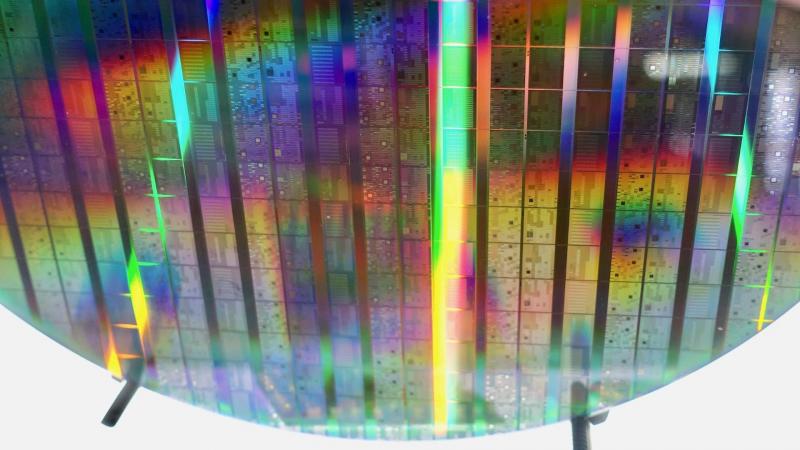
Image by Steve Jurvetson
Researchers propose novel nanochips from atomically thin materials to make quantum computing possible
In October 2019, Google announced that their quantum processor achieved a computation in 200 seconds, which they claim would take even the most advanced supercomputers today approximately 10,000 years. While IBM has challenged this claim, such drastic changes in computational capabilities are indeed possible due to a fundamentally new technology called quantum computers.
Although in its nascent stage of development, quantum computers can truly revolutionise computing as we know it. Not only can they make computation faster, but also offer solutions that modern computers are simply incapable of, such as in the field of secure encryption and decryption of information. However, there is a problem: quantum information processing needs to be carried out at temperatures as close as possible to the absolute zero, -273ºC, posing challenges in its implementation. In comparison, the coldest temperature ever recorded on Earth is -93.2ºC.
A team of scientists from the Indian Institute of Technology Bombay (IIT Bombay) have recently proposed a novel setup to carry out quantum information processing at room temperatures, using a stack of specially designed layered materials. This work was funded by the Department of Science and Technology, and published in the journal Physical Review B.
In place of the bits — states of 0’s and 1’s — that make up the computing blocks of current computers, quantum computers use their quantum versions, called qubits. One of the possibilities of realising qubits is through valley materials. These are materials whose ‘energy bands’, or a group of energies that electrons in the material can occupy, take the shape of valleys. Since these valleys appear in two opposite varieties, they can make up the two states in a qubit.
In quantum physics, particles are said to be in a ‘linear superposition’ of states. Qubits are only possible if this linear superposition is maintained or has ‘coherence’. But, the coherence actively degrades with time, which is more likely at higher ambient temperatures. Therein lies the challenge of realising qubits and, hence, of quantum computing.
In the current work, the researchers theoretically created two setups for which it is possible to maintain the quantum coherence even at room temperatures. They chose two varieties of graphene as valley materials in the different setups. The valley materials were stacked on top of other materials that are responsible for creating coherent superposition of particles, called ‘excitons’, in valley states. Without these materials, the excitons would not reside in the valley states.
“Composed of atomically thin materials stacked on top of each other, the entire device is less than a hundred nanometers thick,” says Prof Anshuman Kumar, who heads the Laboratory of Optics of Quantum Materials at IIT Bombay and is one of the co-authors of the study. That makes it a thousand times thinner than a human hair.
Next, the team added electrostatic voltages across the theoretical setups and determined the coherence of the valley states through numerical calculations. They concluded that both setups could support coherent valley states even at room temperatures. These states could thus be the fundamental building blocks of quantum information or qubits.
Moreover, the thickness of the materials and the electrostatic voltage could also be used to tune the degree of coherence at different temperatures.
“The tunability of the quantum states via electrostatic voltages makes it possible to turn them into a technological reality,” remarks Prof Kumar, highlighting their importance in making this theory practical. However, he admits that there are challenges ahead: “The setup requires the materials to be very pure, and at the nanometres scale, this is challenging to achieve.”
Although the large-scale manufacturing of the valley materials is possible in the next few years, achieving the uniformity of materials so thin might take a while longer.
A continuous synergy between theoretical studies such as this and active experimentation is the way forward. The researchers are currently working on the experimental realisation and modifications of the materials used here to avoid some of the technological challenges.
This article has been run past the researchers, whose work is covered, to ensure accuracy.






